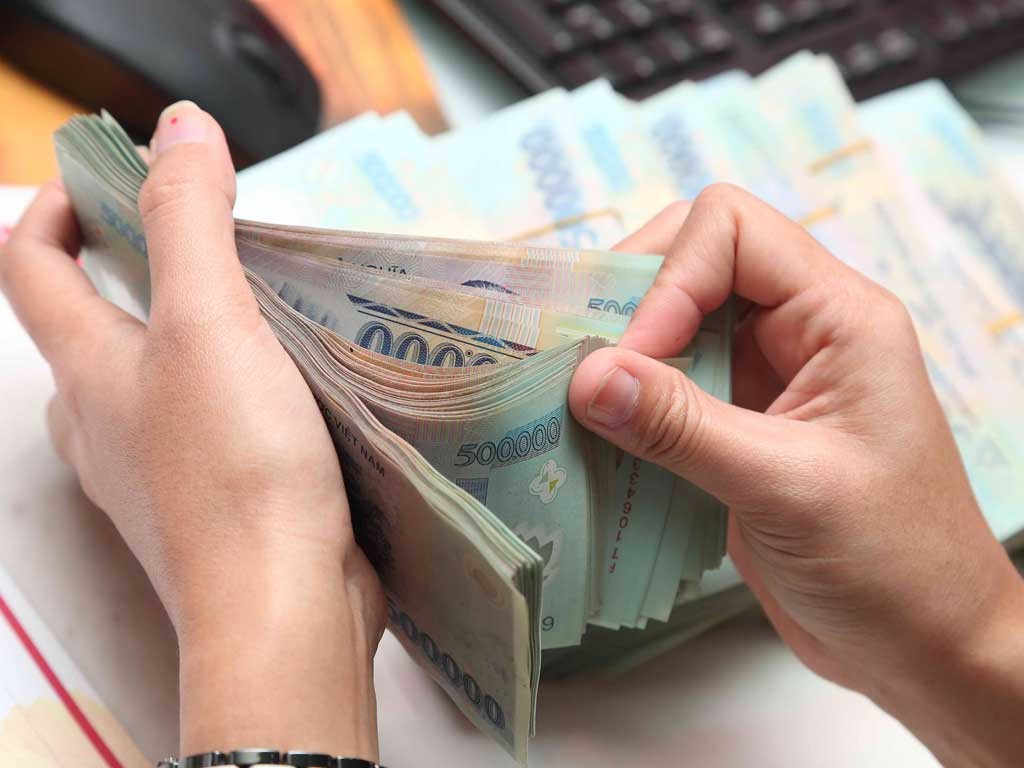Should the SBV cut the reserve requirement ratio?
Following the People's Bank of China's (PBoC) decision to cut the reserve requirement ratio (RRR), some argue the State Bank of Vietnam (SBV) should do the same to encourage economic growth.

The RRR for credit institutions is fixed at 3 percent for VND demand deposits and VND deposits with terms of less than 12 months.
Despite the economy's many swings, particularly during the epidemic's first two years, the SBV has maintained the RRR for credit institutions since June 1, 2018.
No much room left
On April 25, 2022, the PBoC cut RRR for all banks by around 25 basis points. This action will free up approximately 530 billion yuan ($83.25 billion) in long-term liquidity to help China's GDP grow.
In this context, some argue that the SBV should drop the RRR, which would free up more liquidity on the one hand while also allowing credit institutions to lower lending rates more to stimulate GDP growth on the other hand.
However, many experts believe it will be difficult for the SBV to follow China's action because Vietnam’s RRR is now relatively low (3 percent for VND demand deposits and VND deposits with terms of less than 12 months; 1% for VND deposits with durations of more than 12 months), leaving little opportunity for RRR reduction.
Raising or removing the LDR
Credit institutions are currently constrained by the loan-to-deposit ratio (LDR) in addition to the RRR. The LDR for credit institutions is 85 percent, according to Circular 22/2019/TT-NHNN. This means that if a bank raises 100 dong, it can only lend 85 dong; the remainder must be used to reserve liquidity. Currently, the LDR is substantially higher than the RRR. That is also why analysts feel the RRR drop will have little impact in the current environment.
Dr. Le Xuan Nghia (Vice Chairman of the National Financial Supervisory Commission at the time) suggested that the SBV repeals the LDR and solely keeps the RRR when Circular 13/2010/TT-NHNN on the rate of loan extension from deposits (since changed to LDR) was issued. However, the LDR has stayed intact to this day.
Many financial experts suggested that, in the face of rising inflationary pressures that have forced many banks to raise deposit rates, while credit demand is rebounding, the SBV should consider raising the LDR, if not removing it entirely, to assist commercial banks in lowering loan interest rates for businesses.










